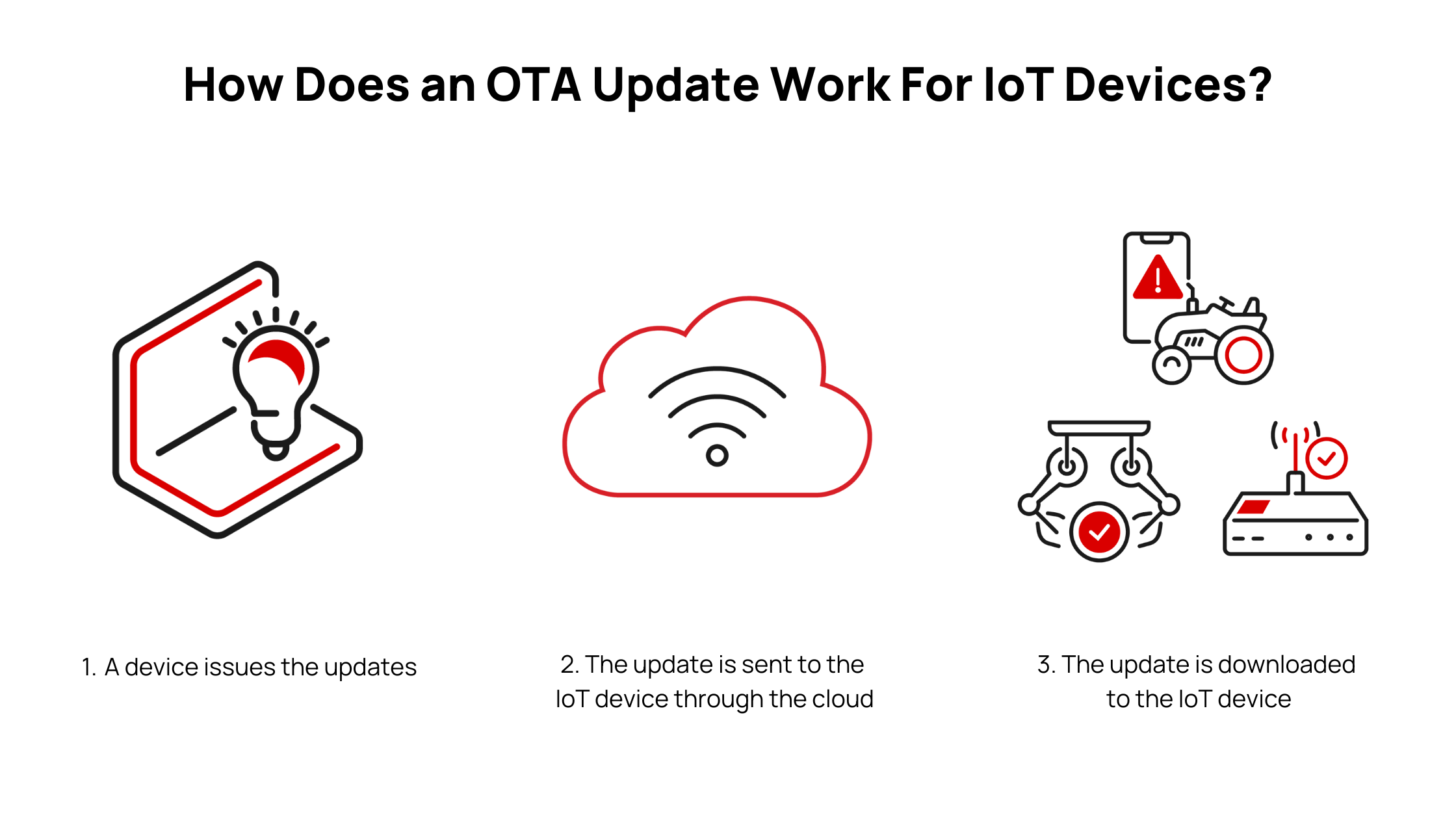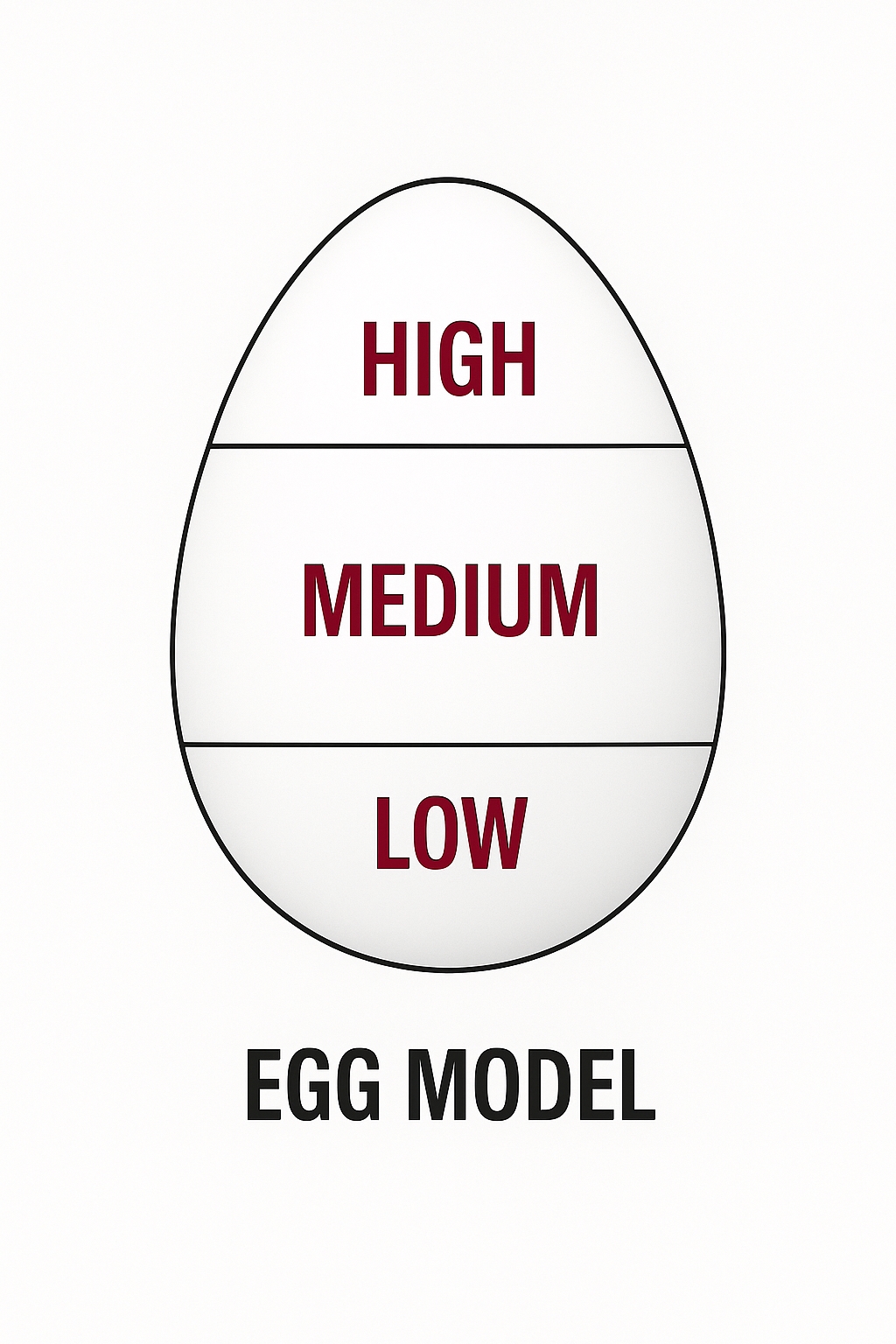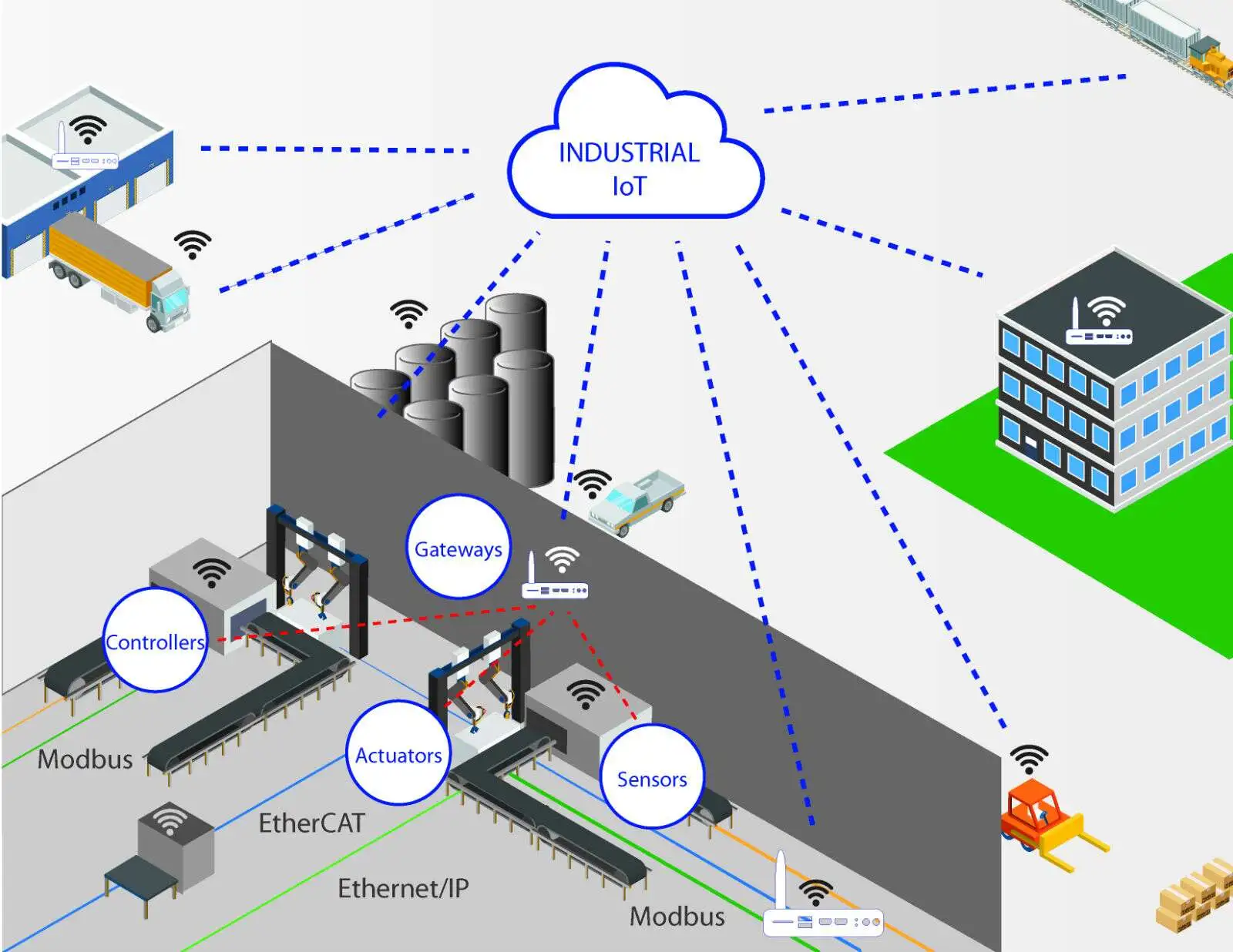Introduction
In 2020, Tesla released an OTA update that enabled seat heating for some owners. At the time, this surprised the automotive world, since many had not considered cars as upgradable smart devices. Five years later, OTA updates from automakers are commonplace. With smart devices now widespread, the concept of software updates is familiar: software can be updated, personal computers can be updated, and mobile phone systems can be updated. However, updates for IoT devices may still seem unfamiliar. How can a seat or steering wheel gain heating capability simply through a software update? That brings us to the focus of this article: OTA.
What is OTA?
OTA (Over-The-Air) is a wireless delivery technology used to perform remote updates and configuration of IoT devices. OTA refers to remotely updating or upgrading software or firmware in embedded systems over wireless networks. OTA updates provide a convenient way to push new features, performance improvements, security patches, or other changes to embedded devices without physical access or manual user intervention.
Why use OTA
OTA simplifies device updates and maintenance. Traditional update methods often require users to bring devices to service centers or use wired connections, which is time consuming and inconvenient. OTA allows devices to automatically receive and install updates, saving time and effort.
OTA also improves device reliability and security. Regular software updates can fix potential vulnerabilities and performance issues, reducing the risk of attacks and failures. In addition, OTA enables remote diagnostics and troubleshooting, helping users resolve issues more quickly.
OTA is widely applied across IoT domains such as smart home, smart cities, and industrial automation.
Key characteristics of OTA solutions
To meet the challenges of remote updates, IoT platform update solutions should have the following characteristics.
Short time, high efficiency
IoT platforms should minimize remote update duration and maximize update efficiency.
- Control update package size and use differential packaging to reduce data transfer time.
- Support modular in-place updates to increase flexibility.
- Provide breakpoint resume to avoid retransmission caused by terminal faults or communication interruptions.
Efficient use of wireless resources
To improve wireless resource utilization, remote update services should support concurrent tasks. Each task corresponds to an update plan covering a set of target devices. To protect other services within the same wireless area, the platform should limit the number of devices updated simultaneously.
High reliability
High reliability ensures update effectiveness.
- Management and control of remote updates should be precise and intelligent. The platform should perform validity checks on device state (such as version, file type, update package size) before triggering the update process.
- Introduce a state machine mechanism to control the update process and handle exceptions, ensuring coordination between device and cloud controls and reducing update risks.
- During updates, use package integrity checks and reliable transport protocols to prevent data corruption or loss, and employ retry strategies to ensure stability of transfer and installation.
Generality
Generality means heterogeneous devices across different domains should follow a common update process. This minimizes maintenance costs and enables scalable, self-service updates. Achieve this by separating control flow from business flow so control flow is unaffected by device environment. Use standard, open protocols to ensure feasibility. Support compatible update packages and allow personalized business-level updates. Also support differential update services from third-party providers.
Reference architecture and service process for OTA systems
The IoT cloud platform remote update system consists of a server side and a device side.
The remote update server is a platform module that implements self-service and remote update management and control. Self-service allows users to define update tasks and query update status through a portal. Task definition includes update version, update package, target device group, and update strategy. Update management covers triggering updates, controlling package download and installation, and executing policies when downloads or installations fail.
Update package generation and hosting are done on the server and support two modes:
- The platform provides download services for target devices. In this mode, the user uploads the update package through the portal and the platform manages the package.
- A third-party differential server generates and hosts differential packages. In this mode, the user specifies the third-party server address when creating the task.
Regardless of the mode, both server and device must support breakpoint resume.
During remote updates, devices follow server instructions to download and install packages and report installation results. Device download should support breakpoint resume and package verification. Device installation should support installation and fault tolerance, isolating and handling errors during installation so failures do not affect normal device operation.
The remote update service process includes four phases: task definition, update trigger, package download, and installation.
Conclusion
OTA is widely used across IoT devices including smart home, smart city, and industrial automation applications. However, OTA faces challenges. First, device diversity means different devices may require different OTA technologies and protocols, forcing developers to implement custom solutions that increase development and maintenance costs. Second, OTA security and reliability must be carefully considered, since errors or interruptions during updates can render devices inoperable or cause data loss.
Overall, OTA provides an efficient and secure method for updating and maintaining IoT devices. Although challenges remain, ongoing technical improvements will broaden OTA's role in future IoT deployments.
 ALLPCB
ALLPCB








